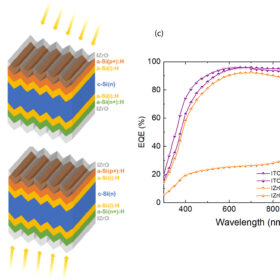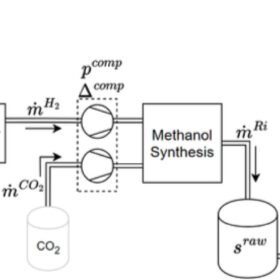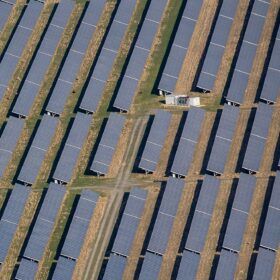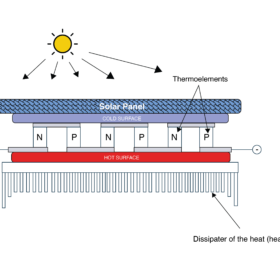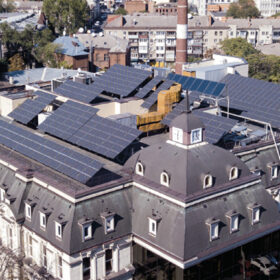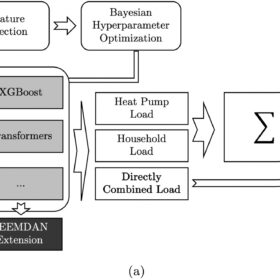Tesla launches Powerwall 3 in UK & Germany
Almost ten years after the “Powerwall 1,” US EV giant Tesla has launched its home battery system, Powerwall 3, in the United Kingdom and Germany. The Powerwall 3 is being officially presented at The smarter E Europe this week.
DMEGC releases 440-460 W bifacial solar modules based on rectangular wafers at Intersolar
DMEGC Solar says its new solar panels combine a double-glass design with half-cut n-type cell technology. It says the efficiency ratings range from 22.0% to 23.0%.
Peer-to-peer energy trading framework for residential buildings
Scientists in the UK developed a controller for B2B trading platform that considers thermal and visual comfort. Their modeling shows that participating in local energy trading increases the robustness of the control systems in residential microgrids in face of uncertainty in the occupant comfort level.
Monitoring PV plants with 3D remote sensing data
Scientists in Spain have developed thermal image mapping on dense and high-resolution point clouds representing status and geometry of PV modules and automatic identification of individual solar panels in 3D space. The proposed methodology was found to provide “exceptionally high” accuracy.
Zirconium-doped indium oxide electrodes for heterojunction solar cells
A research team including scientists from Italian module manufacturer 3Sun has tested new zirconium-doped indium oxide electrodes in commercial heterojunction solar modules. The new electrodes reportedly achieve the same performance as their counterparts based on indium tin oxide and paves the way for lower indium consumption in heterojunction products.
PV-to-methanol plants may maximize returns in reserve markets
New research from Denmark shows PV-to-methanol facilities may achieve 30% lower levelized cost of methanol through engagement in reserve markets. The researchers examined the ability of a PV-to-methanol plant to contribute to the grid in frequency containment reserves (FCR), automatic frequency restoration reserves (aFRR), and manual frequency restoration reserves (mFRR).
PV string fault detection technique based on multi-layer neural network
Scientists in India have proposed using a multilayer neural network to find line-to-ground, line-to-line, and bypass diode faults in PV module strings. They tested the new approach on a 22.5 kW solar array and reportedly achieved “competitive” accuracy results.
Scientists claim PV systems combined with thermoelectric cooling may achieve 6-year payback time
Scientists in South Africa have modeled a photovoltaic system connected to a thermoelectric cooling device and have found it may produce around 9.2% more electricity than conventional PV system without cooling. The research team claims the proposed system guarantees a minimum cost saving of 10.56%.
Coalitional game theory to improve P2P trading in energy communities
An international research group has utilized a newly designed coalitional game system to ensure economic fairness between members of energy communities. The game system considers different types of prosumers relying on stand-alone and combinations of solar and storage.
Researchers propose new models for heat pump load forecasting in energy communities
Novel research from Germany and the USA has analyzed the impact of heat pump (HP) integration on the ability of day-ahead load forecasting in energy communities. Using different models, the scientists have also investigated whether HP loads should be forecasted separately from the rest of the household or both together.




